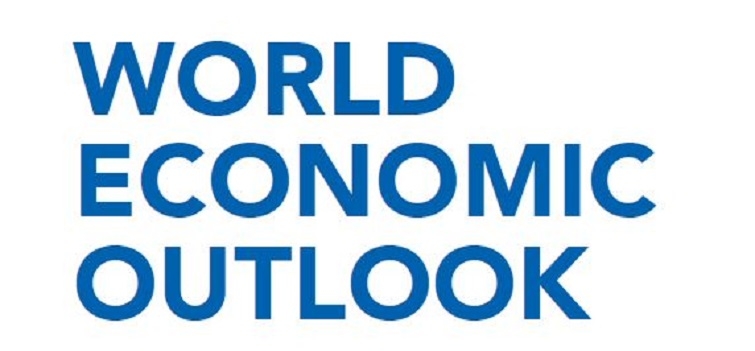positive note
| Date :22-Jan-2020 |

NO MATTER the downward revision of economic growth forecast for India in the World Economic Outlook (WEO) to 4.8 per cent, the International Monetary Fund (IMF) has predicted a rise in growth prospects to 5.8 per cent in 2020 and to 6.5 per cent in 2021. This is a positive indication for India, particularly against the background of a noticeable slide from a near-7 per cent mark to 4.8 in the last one year. Another positive note in the WEO Report ahead of the World Economic Forum at Davos is that the slide in the Indian parameters is acting as a drag on world economy whose growth has come down to 2.9 per cent in 2019. Obviously, the shape and size of Indian economy has become big enough to act as a drag on the global economy if India did not fare well on that front.
In other words, India has attained a critical economic mass in just a few years. In still other words, global economic performance is directly proportional to India’s showing on that front on most parameters. A few years ago, this scenario had not even entered India’s imagination. When the thought of globalisation started spreading, and started becoming a part of international compulsion, thanks to the world Trade Organisation (WTO) regime, India came to fore as an emerging market with 800 million potential buyers in a multi-layered economy.
Even then, the internal economic management of the country was sluggish that it failed to convert prospects into prosperity in a true sense, a condition that lasted for quite many years -- until the emergence of the metaphor named Mr. Narendra Modi whose pro-active and comprehensive leadership brought about a much-awaited change in many an economic parameter in India. It was because of that impetus that India’s growth rate zoomed to near-7-per-cent. Then came the global economic slump in which India’s overall performance also suffered a setback. Despite that, even with the latest downgrading, the growth rate is still higher than that in most other countries, save China whose latest jump beyond 5 per cent is remarkable. There are two sides to the coin of India’s economic profile. One talks of an inherent surge, and the other points to a dip due to extraneous factors.
The IMF’s observation that the Indian slump is due to the stress in non-banking financial sector and weak growth in rural income, actually tells only one part of the story by way of mere description and not highlighting causative factors. The slump in rural income has been mainly due to environmental vagaries, and may be partly coupled with lack of discipline in handling of various economic parameters. After having taken care of the dip in the performance of the banking sector, the Government is now focusing on the rural sector, which may result into improved showing in due course of time. The IMF’s pointer to non-banking financial sector, too, is being addressed by the Government, an effort that is likely to reflect itself in the ensuing budget.
Those dimensions having been taken care of, the Indian economy would show the surge as predicted by the WEO. There are substantial reasons for hope, thus. No matter the details, it is a good sign that India’s economic showing is directly proportional to the global performance, and offers India good enough an impetus to keep trying harder to achieve higher and stronger parameters of a comprehensive economic growth. If India’s lower showing is a drag on the world economy, the global slump has acted as a drag on the Indian economy. It is necessary to understand this two-way factor operating on the overall situation. It will be worthless to extract a non-existent political meaning out of the slight slump. For, the economy cannot be reduced to such a shallow approach.